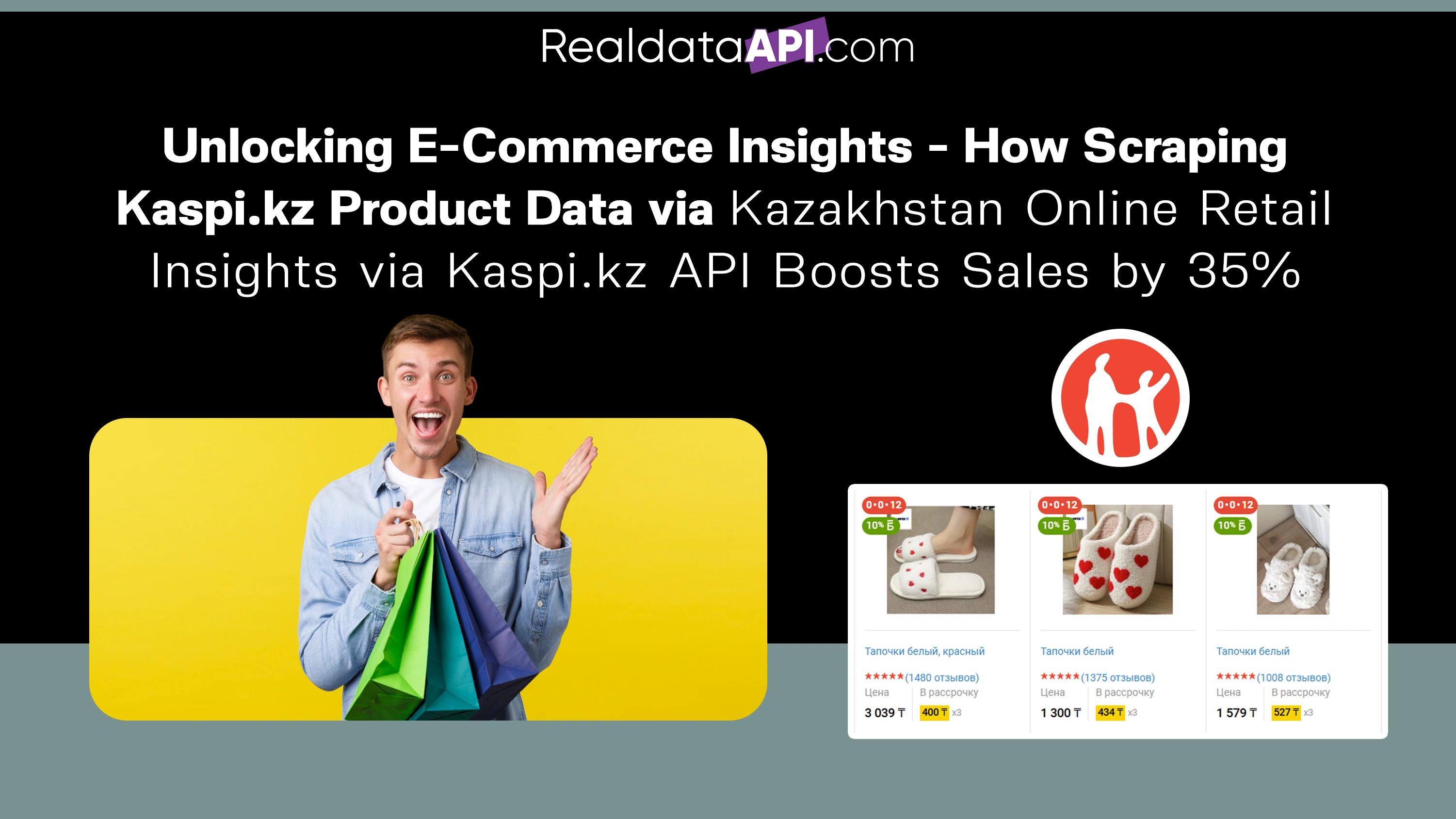

Introduction
Food delivery has become a part of everyday life in Australia. Whether it’s grabbing a quick lunch in Sydney or ordering late-night snacks in Melbourne, platforms like UberEats make it possible with just a few taps.
But behind the convenience of ordering food lies something even more valuable—data.
For restaurant owners, food delivery startups, researchers, and even investors, Uber Eats Delivery API provides powerful insights about customer preferences, pricing strategies, and market trends.
In this blog, we’ll explain:
- What kind of restaurant data you can collect from UberEats Australia
- Why this data is valuable
- The best ways to collect it
- Real-world examples and use cases
Why Collect Restaurant Data from UberEats?

Restaurant data isn’t just about knowing what’s on the menu. It tells a bigger story about the Australian food market. Here’s why it matters:
1. Understand Market Trends
- Which cuisines are trending in Sydney, Melbourne, or Brisbane?
- Are people ordering more vegan food, or are burgers still dominating?
2. Track Competitors
- What dishes are popular in competing restaurants?
- How much are they charging for delivery and meals?
3. Set Better Prices
- By comparing menu prices, restaurants can stay competitive.
- Avoid underpricing or overpricing dishes.
4. Spot Opportunities
- Find areas where certain cuisines are missing.
- Launch restaurants where demand is high but supply is low.
What Data Can Be Collected from UberEats Australia?
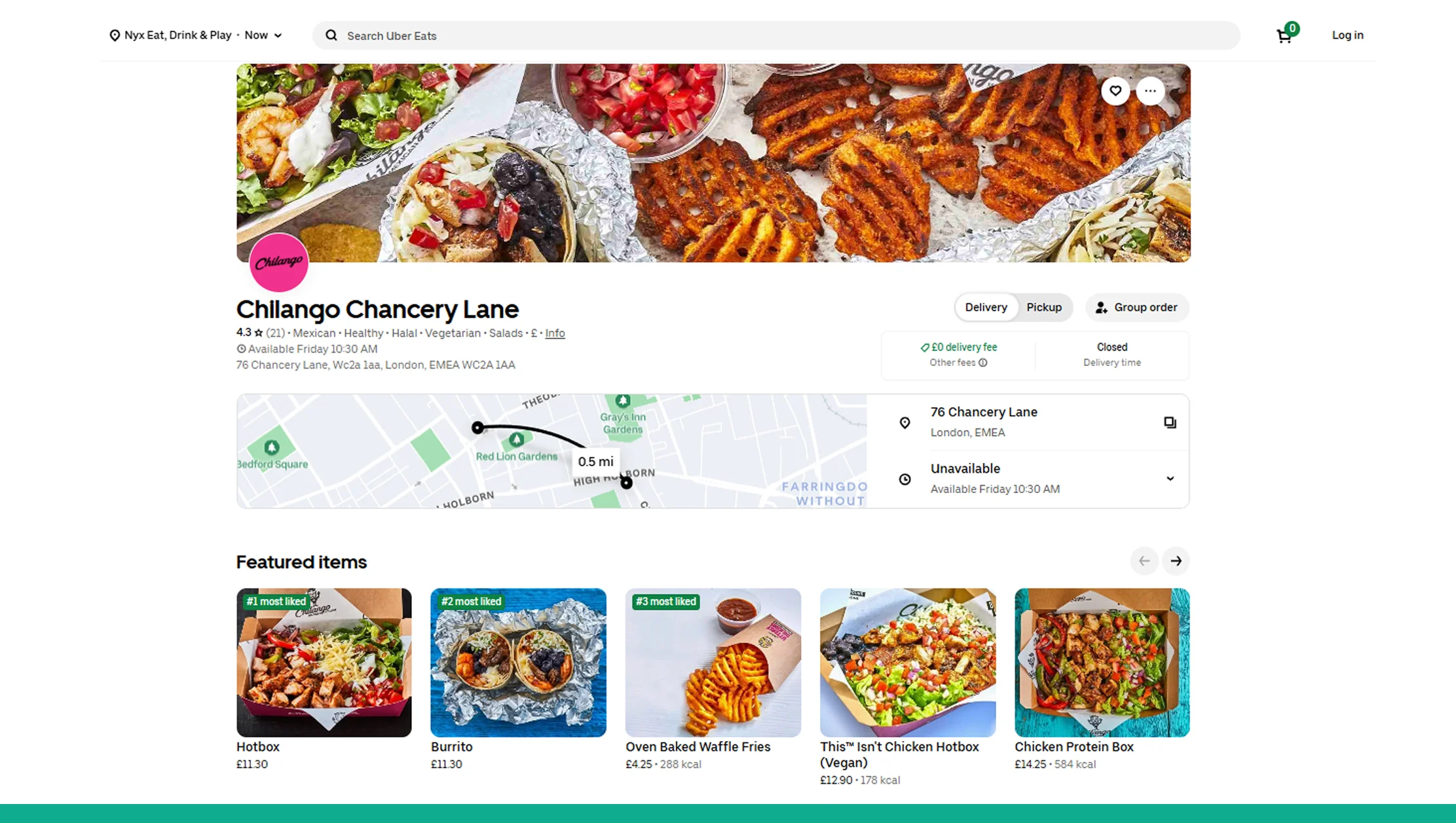
When you look at a restaurant’s page on UberEats, there’s a lot of information available. With the right tools, you can collect and analyze this data.
Here’s what you can gather:
- Restaurant Information: Name, location, address, and service area.
- Cuisine Type: Fast food, Italian, Thai, Indian, vegan, desserts, etc.
- Menu Data: Dish names, descriptions, ingredients, prices, and images.
- Customer Reviews & Ratings: Feedback from customers and average star ratings.
- Delivery Information: Delivery fee, estimated delivery time, and promotions like “free delivery.”
- Opening Hours: When a restaurant is open or closed during the week.
- Discounts & Deals: Seasonal offers, combos, or buy-one-get-one-free promotions.
How Can You Collect Restaurant Data from UberEats?
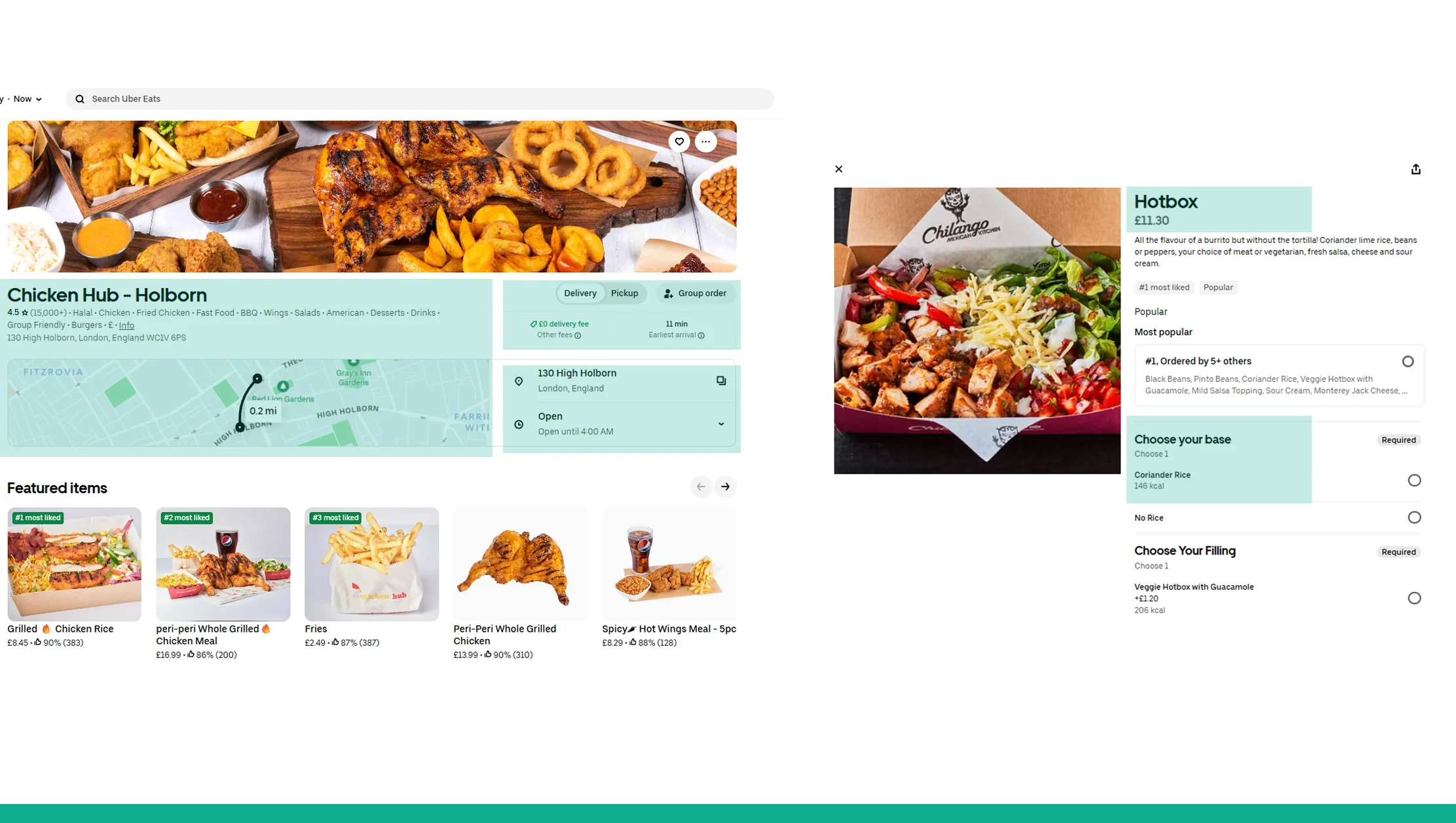
There are three main methods:
1. Web Scraping (Automated Collection)
- Uses special software or scripts to extract data from UberEats pages.
- Best for large-scale data needs (thousands of restaurants).
- Requires technical setup and ethical use.
2. APIs (Application Programming Interfaces)
- The easiest way to collect clean and structured data is through APIs.
- Companies like Real Data API provide ready-to-use Uber Eats Scraper API that can deliver restaurant details, menus, prices, and reviews directly in JSON/CSV formats.
- This saves time and ensures accuracy.
3. Manual Collection
- Simply browsing UberEats and writing down restaurant details.
- Time-consuming but useful for small datasets.
Important Note: Always collect data responsibly. Follow UberEats’ terms of service and respect Australian data protection laws.
Real-World Use Cases of UberEats Restaurant Data in Australia
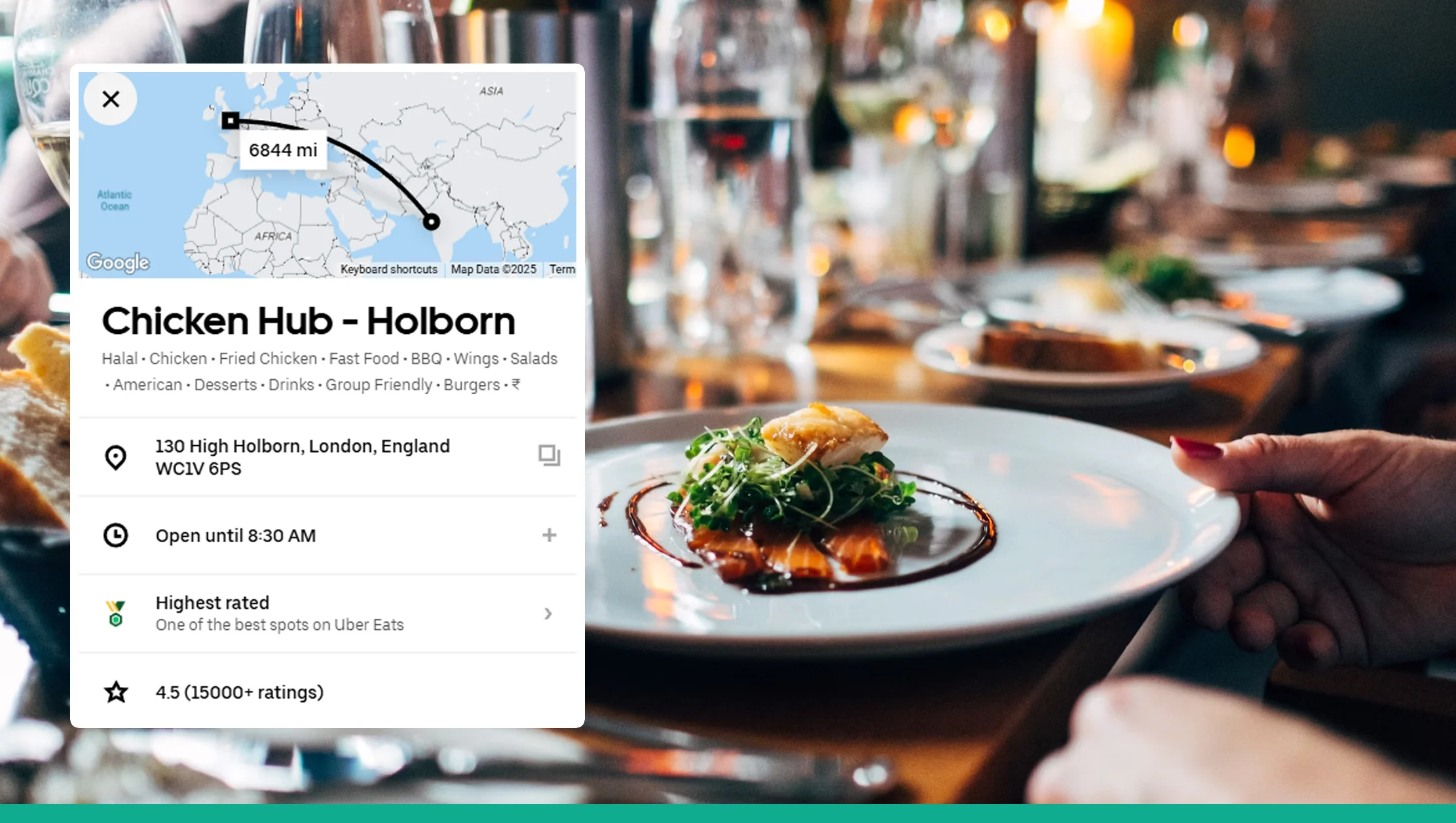
Let’s make it practical:
1. Restaurant Owners
- Compare menus and prices with nearby competitors.
- Learn what dishes customers love most in their area.
2. Food Delivery Startups
- Discover cities where UberEats doesn’t cover enough cuisines.
- Create new strategies to attract customers.
3. Market Researchers & Analysts
- Study food preferences across different Australian cities.
- Track growth of vegan, gluten-free, or health-focused meals.
4. Investors & Consultants
- Assess restaurant performance before funding.
- Use data to spot profitable opportunities.
5. AI & Technology Companies
- Use data to power recommendation engines (e.g., “People also ordered…”).
- Apply sentiment analysis on reviews to understand customer feelings.
Challenges in Collecting UberEats Data
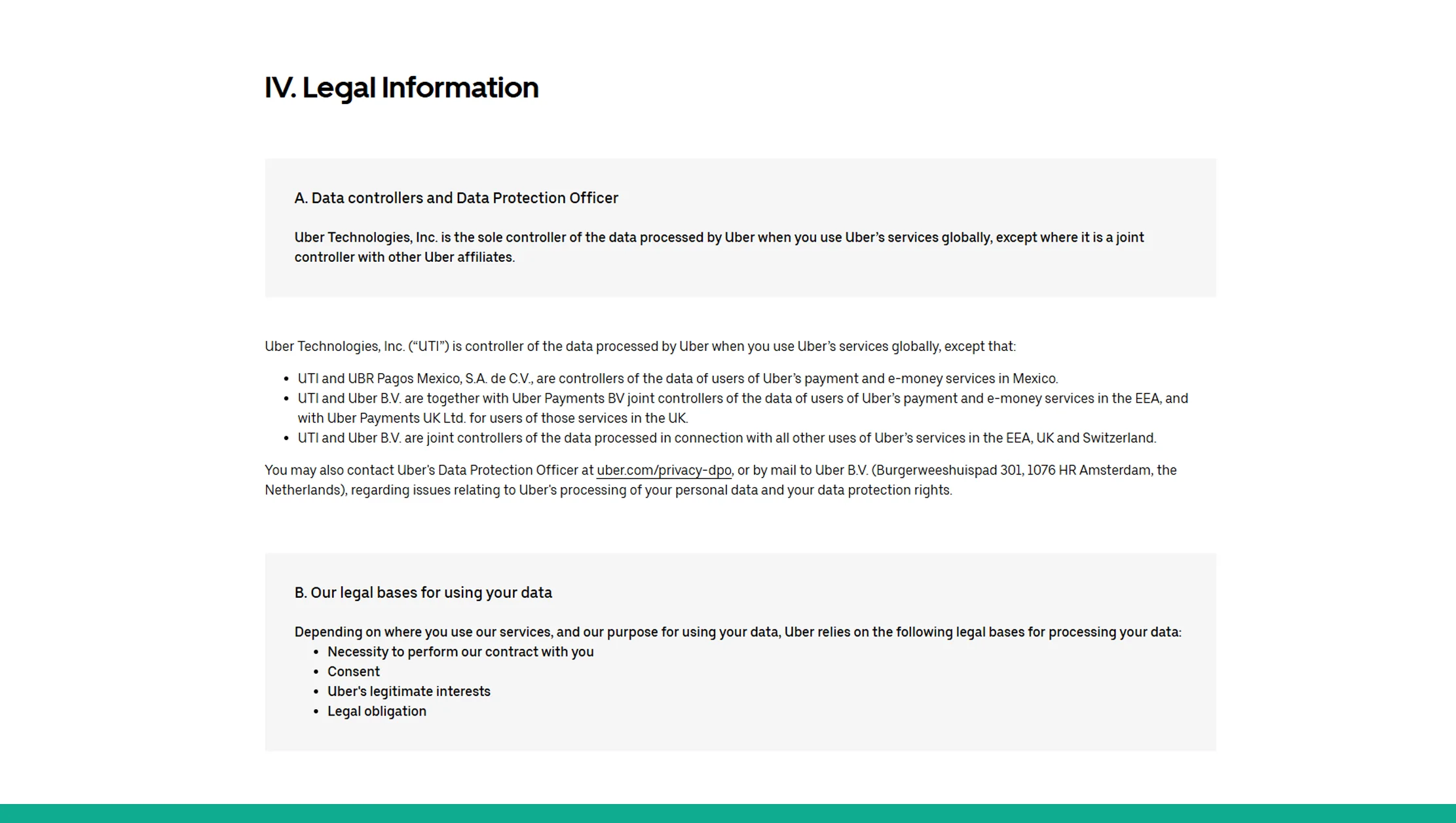
- Technical Barriers: UberEats uses dynamic pages that load with JavaScript, making scraping tricky.
- Geo-Limitation: Data changes depending on the city or delivery address.
- Anti-Bot Measures: Captchas and restrictions may block automated tools.
- Legal & Ethical Concerns: Data must be used responsibly and not for misuse.
Best Practices for Collecting UberEats Data
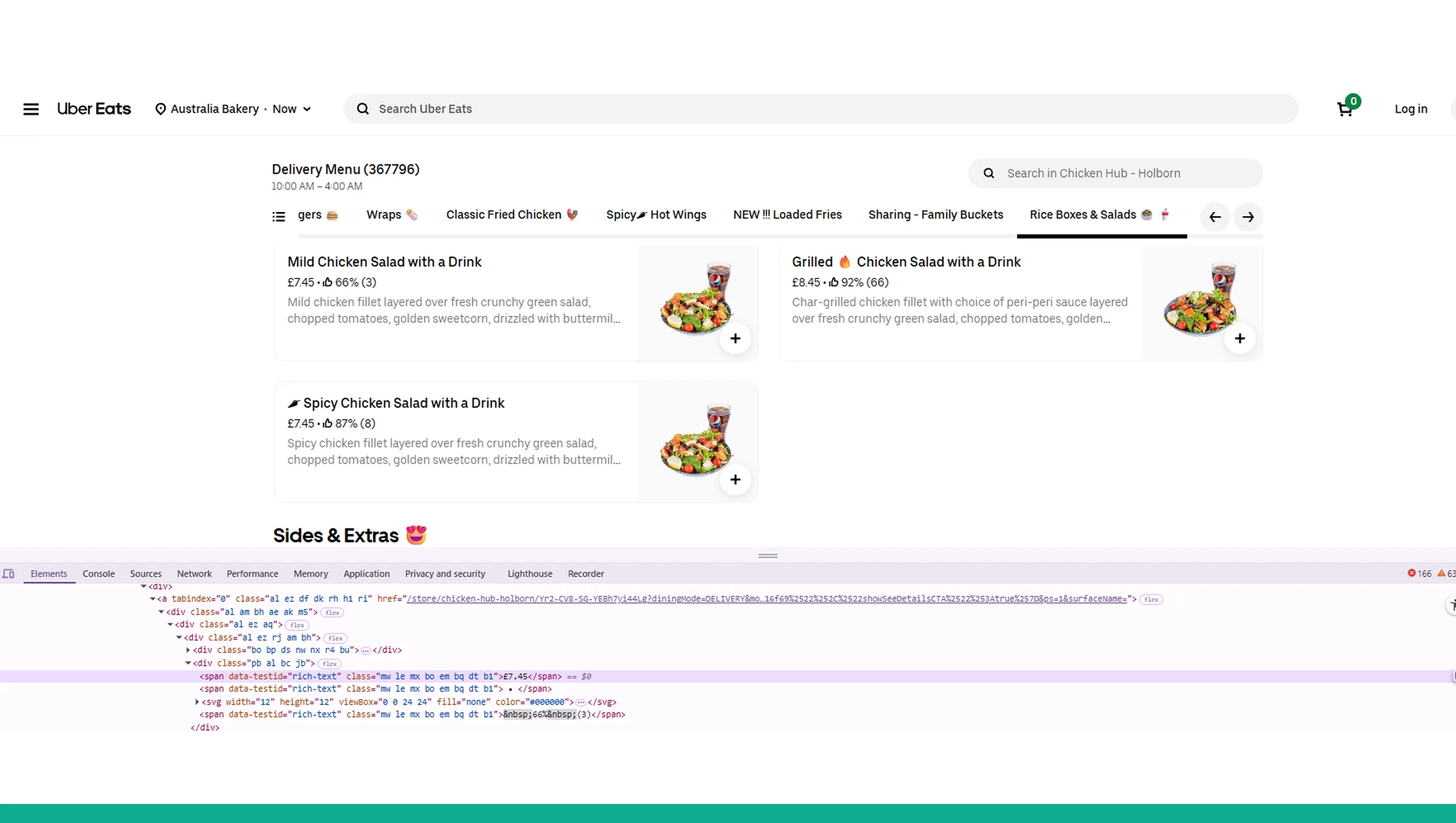
- ✔ Collect data at regular intervals to track changes over time.
- ✔ Use trusted APIs like Real Data API for structured, real-time datasets.
- ✔ Always clean and structure your data before analysis.
- ✔ Focus on insights that help in decision-making, not just raw numbers.
- ✔ Stay compliant with platform rules and Australian regulations.
Conclusion
The Australian food delivery industry is booming, and UberEats is leading the charge. For restaurants, startups, and researchers, restaurant data from UberEats Australia is a goldmine of insights.
By collecting and analyzing this data, you can:
- Understand customer preferences
- Stay ahead of competitors
- Optimize pricing and menus
- Discover new opportunities for growth
Whether you’re in Melbourne, Sydney, or Brisbane, tapping into UberEats data can help you make smarter business decisions.
If you want ready-to-use UberEats Restaurant Data in Australia, Real Data API provides scalable, accurate, and real-time datasets, including restaurant details, menus, reviews, and delivery insights.
Contact Real Data API today to discuss your UberEats restaurant data requirements.
















